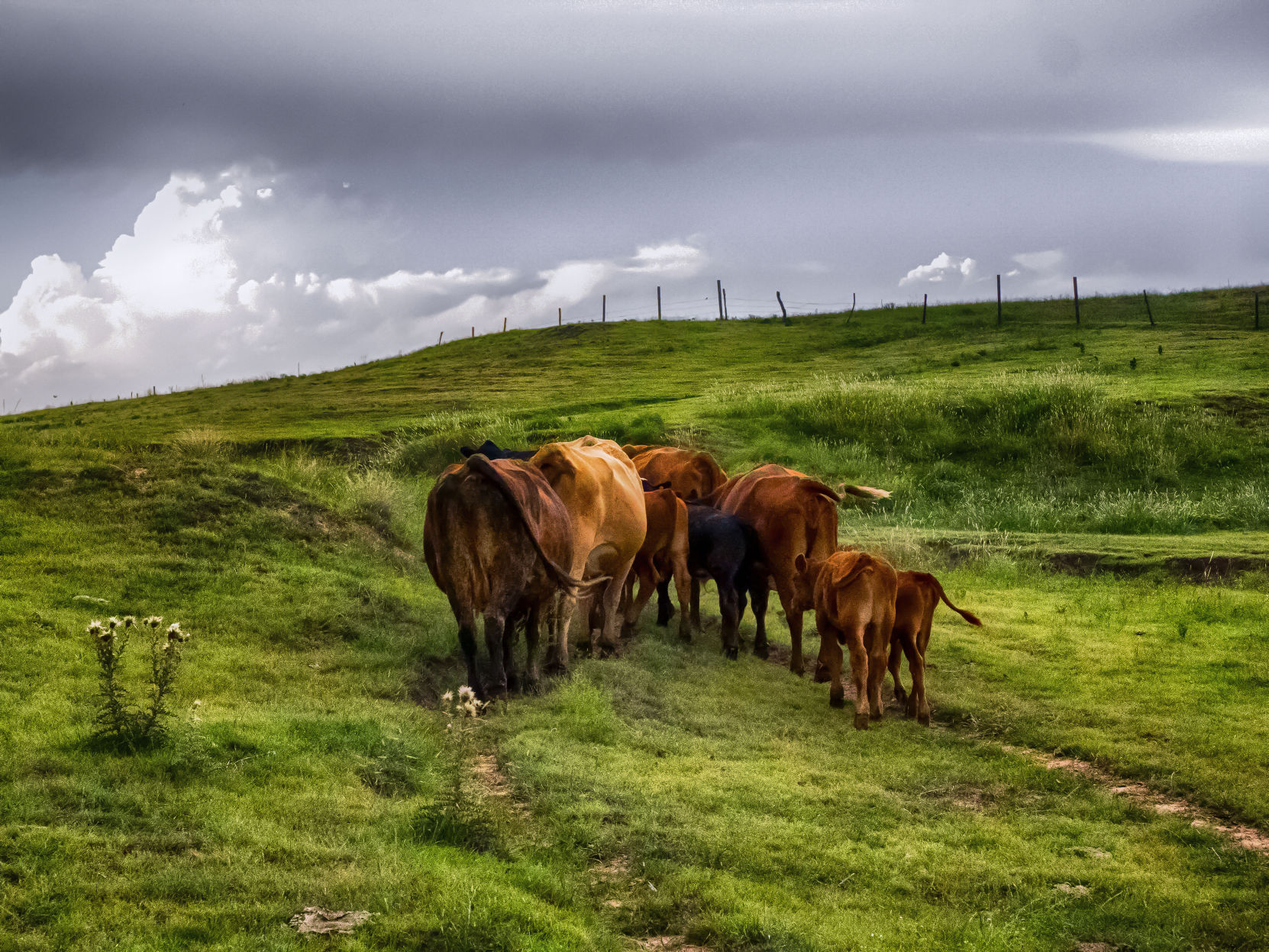Coronavirus damage to cattle industry could be $7 billion to $9 billion already

The full extent of the economic damage to United States agriculture caused by coronavirus may not be fully understood until the nation gets to the other side of the pandemic curve. However, Glynn Tonsor, a Kansas State University ag economist, offered a big picture look, to date, in the K-State Ag Manager Update March 23.
Tonsor wrote that there are two broad approaches for estimating the damages to date to the U.S. cattle sector.
If you first look at the Livestock Marketing Information Center’s projected prices and the difference from Jan. 7 to March 16, the sales value per head has dropped to $126 for 1,400-pound fed cattle, $98 per head for 750-pound feeder cattle, and $58 per head for 550-pound calves. And this is still the first quarter of 2020, there’s much to figure out for the second quarter.
When producers consider the inventory impacted number, the U.S. Department of Agriculture’s National Ag Statistics Service estimates the total beef cow inventory at 31.32 million head in the January Cattle Inventory report. So, if we sell 92 calves for every 100 cows, Tonsor uses the figure of 28.81 million calves to be sold by the cow-calf sector.
“Presuming 2% death loss rates for subsequent sectors results in a 28.24 million feeder cattle and 27.67 million fed cattle being sold subsequently,” Tonsor wrote. “Multiplying out these per head damage and volumes impacted approximations results in damage estimates of $3.63 billion for those selling fed cattle (1,400 pounds), $2.75 billion for those selling feeder cattle (750 pounds) and $1.60 billion for those selling calves (550 pounds).” That amounts to a combined industry damage estimate of $7.98 billion dollars, Tonsor wrote.
The second approach looks at the existing feeder cattle and fed cattle futures contracts to get a damage estimate and Tonsor looked at changes as of March 21.
He started by estimated 75% of cow-calf herds will be spring calving/fall weaning operations, and so Tonsor looked at price impacts for those calf sales in April and October.
“The April and October CME feeder cattle contract settlements declined by $15.55 per hundredweight and $20.23 per hundredweight between March 2 and March 20,” Tonsor wrote. “Presuming representative 550-pound calves are worth 1.17 times the value of animals in the CME Feeder Cattle Settlement Index, this indicates per head damages of $100.06 for those to be sold in April and $130.18 for October.” With more calves going to market in October, Tonsor estimated that sector-wide those 28.81 million calves could result in a calf seller damage estimate of $3.53 billion.
If we assume 28.24 million head of feeders, averaging 750 pounds per head, per head prices could be lowered by $134.18. And feeder cattle sellers could see damages of $3.79 billion, Tonsor wrote.
In the feedlot sector, Tonsor looked at the USDA Cattle on Feed placement of 12.16 million head from September 2019 to February 2020. Using the decline in April and August CME fed cattle futures from March 2 to March 20, Tonsor said the per head damage to be $174.48.
“Combined, this suggests a fed cattle seller damage estimate of $2.12 billion,” Tonsor said. “In sum, this implies a combined cattle industry damage estimate of $9.44 billion.”
Tonsor emphasized that these figures are just starting points, and every cattleman’s situation is different.
“For guys with calves they recently calved and are planning to sell this fall, the expected price this fall is relevant, and not just the price today,” Tonsor said. “Use the October CME contract, which as limit up again today (March 23). That contract and others have been improving since Wednesday (March 18) which was $10 up on the board.”
K-State offers the website BeefBasis.com, which pulls last night’s futures market and historic basis and puts together a cash price forecast for any time in the next 12 months, Tonsor said. That and the Feeder Cattle Risk Management Tool on the KSU Ag Manager website offer cattlemen some information on their alternatives for marketing their cattle.
On the feedlot side, Tonsor said even pre-coronavirus economists at K-State and elsewhere were projecting losses for several months in 2020, and it has gotten worse during this pull down, he added.
But, it also depends on what month the animal was placed in the feedlot, Tonsor said. Those placed Oct. 1 to just a few weeks ago were placed in a market arena that is not what the feedlot sees today. “There’s not much to do but look for further improvements in the next months of sales,” Tonsor said.
If there’s a point of hope, it’s that the current recovery in the beef market is largely because the increase in cutout, reflecting the industry push to sell more meat through the retail sector to meet demand in grocery stores by people self-quarantining.
“That in the near term is good, because we have large cold storage volumes of stock and that keeps product moving,” Tonsor said. What is unknown is what future beef demand will be once the U.S. and the world get through this pandemic. Right now, there’s concerns on the macroeconomic level about the global economy after the virus.
“We are very likely to have a worse macro economic environment,” Tonsor said. And that’s never good for beef demand. “There’s concern for the back half of 2020, moving forward. Right now we can keep the supply chain full on the retail side and we have a lot of meat in the system. We just have to work out how to move it from Point A to Point B.
“But longer term, beef demand is more sensitive than pork or chicken to consumer incomes,” he said. “If the environment is weakening here and globally, that’s not good for beef demand.”
To read the full fact sheet from K-State, visit https://agmanager.info/livestock-meat/marketing-extension-bulletins/price-risk/cattle-industry%E2%80%99s-covid19-economic-damage.
Jennifer M. Latzke can be reached at 620-227-1807 or [email protected].

